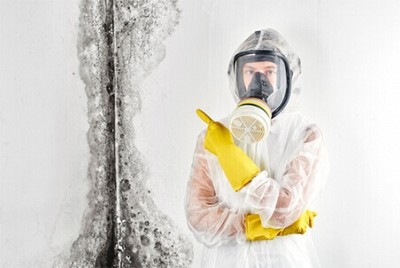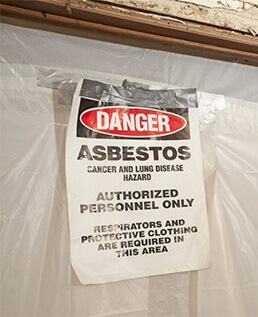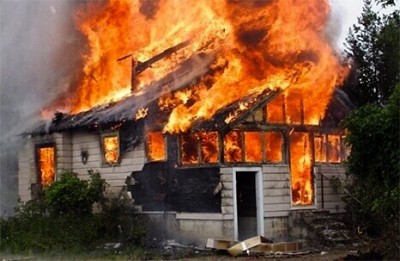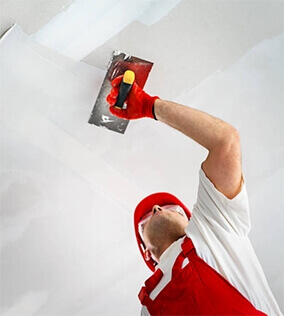What Happens When Mold Ends Up In the HVAC System?
Posted in Mold Removal, on June 18, 2021
The HVAC system in your home is responsible for providing heating, cooling and ventilation to your home. It brings fresh and temperature-regulated air into your home and is largely responsible for home comfort. While homeowners regularly contact companies who provide mold removal in Toronto for crawl spaces and bathrooms but rarely inspect their HVAC systems.
Unfortunately, the ductwork for the HVAC system provides the perfect environment for mold growth as it is dark, humid and moist. Mold growth in this area can especially be dangerous as the ventilation can carry spores across the house to multiple rooms. If you suspect there is mold growing in your home, contact Canada’s Restoration Services for comprehensive mold testing and removal, at reasonable mold removal costs.
Here’s what you need to know about mold infiltrating your HVAC system and how to prevent it from getting worse.
Where Mold Is Found
.png) Mold growth is common in HVAC systems as mold only grows in damp and dark areas when it reaches the indoors. HVAC components are usually a great place for mold growth as they fit the exact needs of mold. Areas inside furnace rooms and air conditioning typically experience considerable mold growth. Because most of the components of the HVAC system are out of sight, they are typically left unbothered and often uncleaned.
Mold growth is common in HVAC systems as mold only grows in damp and dark areas when it reaches the indoors. HVAC components are usually a great place for mold growth as they fit the exact needs of mold. Areas inside furnace rooms and air conditioning typically experience considerable mold growth. Because most of the components of the HVAC system are out of sight, they are typically left unbothered and often uncleaned.
What Happens to Mold in Vents
Mold can plant itself inside ventilation ducts and grow spores in the area. These spores are then picked up through the ventilation system and carried from room to room. This enables the rapid spread of mold across the house, allowing spores to plant itself into any and every room. Mold growth is exponential, and unless action is taken early on, mold can quickly become a health risk. At Canada’s Restoration Services, we specialize in treating mold at various stages and preventing mold from further spreading.
Signs of Mold in Air Vents
Mold in air vents is particularly difficult to identify as you can’t look inside the venting without ripping the ceiling and floors open. However, a few other signs homeowners can look out for to check for mold in their venting. Mold growth leaves behind a solid mildew-like odour which is usually noticeable in rooms with mold. Physical reactions to mold include runny noses, watering eyes or headaches. Lastly, severe mold growth can sometimes be visible around intake vents and drip pans. If you notice any of these signs, it is best to call a professional, who can begin mold removal in Toronto quickly.
What To Do About Mold in HVAC Systems
If you suspect you have mold in your HVAC equipment, either the furnace, air conditioning or venting, you should immediately turn off your home’s heating or cooling. Mold growth can rapidly spread if the HVAC systems are left running as they will circulate the air and carry spores throughout the house. Once your air conditioning or heating system is turned off, you need the help of professional mold removal services in Toronto. With the help and experience of CRS, you can contain any infestation, eliminating all traces of mold, so your home can return to its original condition.
If you suspect a mold infiltration in your home, contact us at Canada’s Restoration Services to help protect your building and family!







